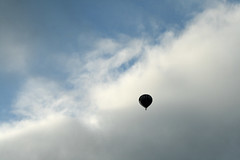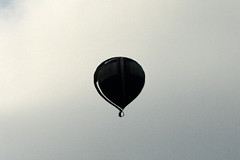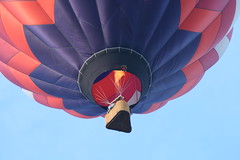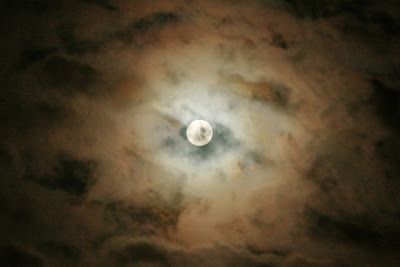For my Father's Day activity, I went to the Oregon Zoo with Kathy, Marybeth, and Amanda. Oh, and of course I took my fancy-dancy digital SLR. I came back with two sets of photos: 1) A small collection of birds that posed for me, and 2) A series of animals which inspired me to post some "What is it??" pairs.
To see a slideshow with the "What is it??" pairs, go
here, or click this picture:
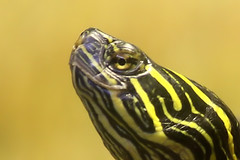
For a slideshow of eight cool birds, go
here, or click this picture:

My favorite from the Father's Day zoo photos is the wide-billed bird examining its reflection in the water. A secondary favorite is the time-frozen splash from the water fowl diving below the surface.
The ever-morphing cloud of flying insects delivered a nice surprise for me. I saw the swarm at a distance as bright points of light against a dark background, and thought it would be cool to capture a nicely-shaped group of bug stars. When I zoomed up on the photos later, I exclaimed out loud, "Wow, they have legs!" And wings, of course. Much cooler than the simple dots of light I had expected.
The bat pictures were a fun technical challenge. To get them, I had to crank the camera's ISO up to 1,600 -- the first time I have had to do that for real (i.e. outside of test shots) since I got the DSLR. The bats were in near-constant motion. The camera's image stabilization helped mitigate the slow shutter speed for these hand-held shots (1/30th and 1/6th second), but I had to shoot at just the right moment for the bats to be motionless enough for the photo.
For the hippo shot, it was necessary to use HDR (High Dynamic Range) photography, due to his (her?) bright sunlit back and deep-shadowed front. Don't ask me why the hippo felt compelled to use a rock as a pillow for his chin.
Speaking of HDR, I'm learning about some of its limitations. More about that in a later posting.
